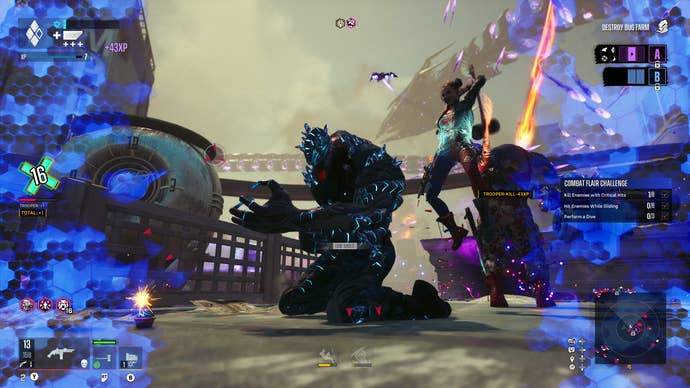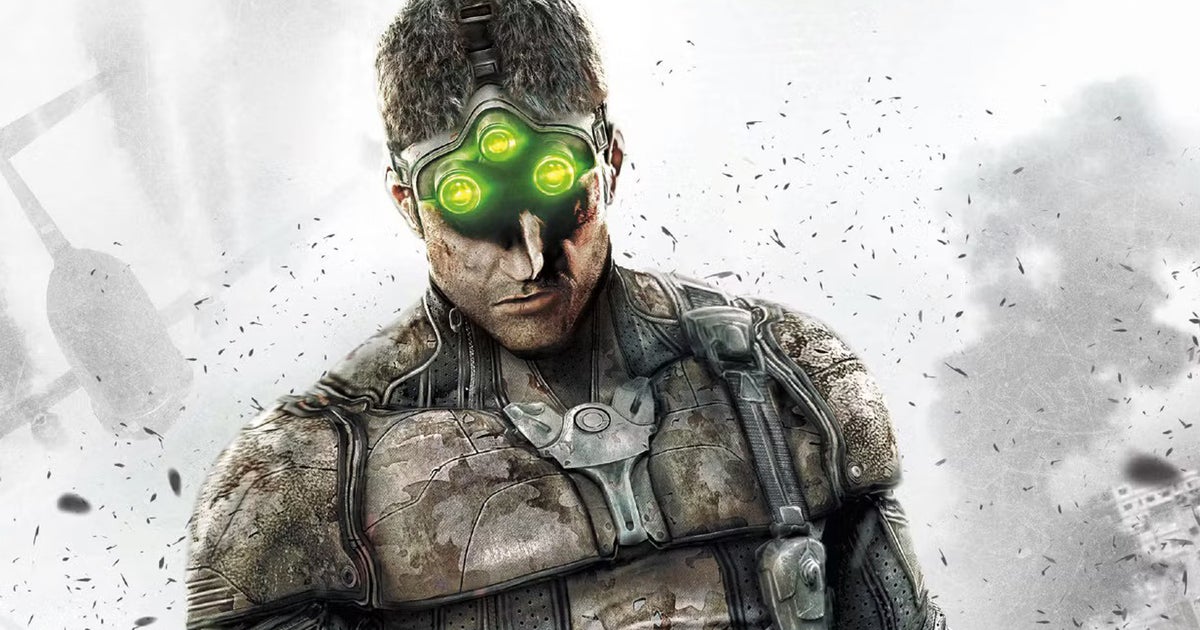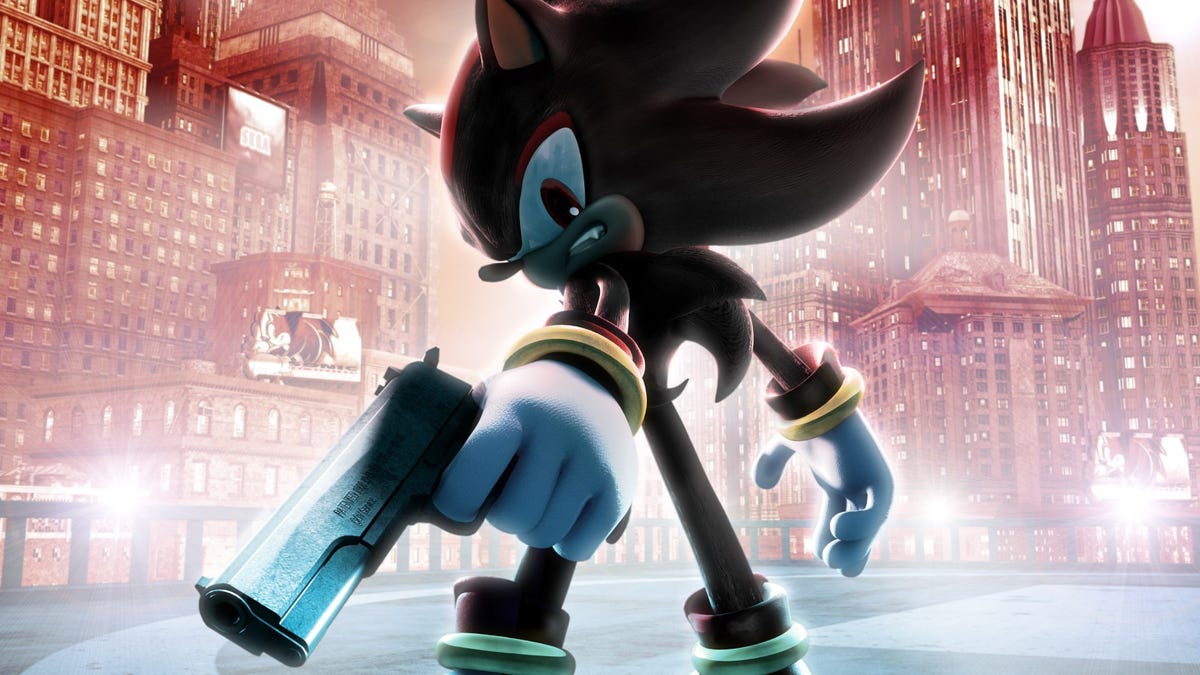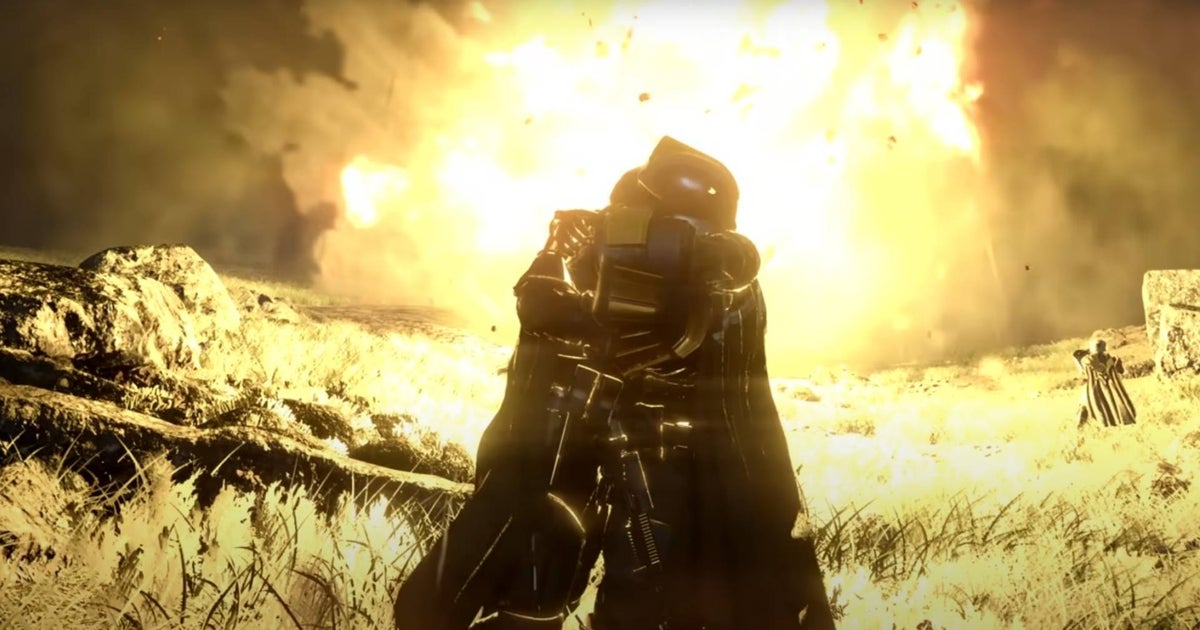Bloomberg’s Jason Schreier breaks down most of the problems that occurred during the development of Warner Bros. Games and Rocksteady Studios’ Suicide Squad: Kill the Justice League. Everything more or less went as you’d expect, but some of the scrapped content is a bit puzzling.
The report details feedback from Warner Bros. Games’ catch-up, as well as the obstacles that developers at Rocksteady had to overcome to deliver a cohesive enough title after multiple delays. By now, we know that the publisher was disappointed with the financial performance of the game, which was mostly met with a cold reception from fans and the press, but it’s always illuminating to hear more from sources close to (even if not directly involved in) its development.
Manage Cookie Settings
I reviewed the game back in February, highlighting its strengths (and there are a lot of them), but also confirming our suspicions that it was yet another bunch of cool, individually cool elements trapped in the wrong genre, something the studio probably didn’t want to make. Unsurprisingly, Schreier’s report confirms this, with sources saying the traditionally single-player studio had to “go from around 160 people to over 250”.
The lack of experience in the multiplayer and live-service areas quickly became apparent, and we all know how that goes; Suicide Squad: KTJL’s loot and endgame systems are a bit of a bland nightmare that doesn’t even fit the IP it’s based on. Even more surprising is that Rocksteady co-founder and one of the game’s four directors, Sefton Hill, came up with “an elaborate vehicle system that lets players equip cars with weapons and navigate the game’s alien-infested streets,” which makes little sense since the game’s anti-hero protagonist already has superpowers that allow him to quickly traverse a metropolis map.
While it’s clear that the game’s defining “live service ambitions” and reported narrative cuts came from the top, it’s puzzling that Rocksteady executives would toy with (and waste time and resources on) ideas that didn’t even work out in the past. I mean, the most criticized aspect of Batman: Arkham Knight was the vehicular component, with the Batmobile becoming a hulking tank, the last thing you want to see in a Batman game. Anyone who played Suicide Squad knows that vehicles eventually made an appearance in the game at some point, albeit more as temporary power-ups provided by Gizmo during certain missions.
Thankfully, the report ends with a glimmer of hope for Rocksteady and its creative output: “Studio leadership is considering a new single-player game that would return Rocksteady to its roots.” As for potential layoffs, which is a concern for developers and gamers alike right now, it seems that “Warner Bros. Games is looking to do more collaboration between its dozen or so studios, and the company is so understaffed compared to competing publishers, that it wouldn’t make sense for Rocksteady to cut staff.” We’ll see how things pan out after Suicide Squad: KTJL inevitably abandons its post-launch plans, so hopefully all goes well.









